His second book has been 22 years in the making, but that’s the only way P Sainath knows to execute research. This time, the award-winning journalist-author pivots the spotlight away from giants to forest produce gatherers, artisans, farmers and homemakers who helped India win her freedom
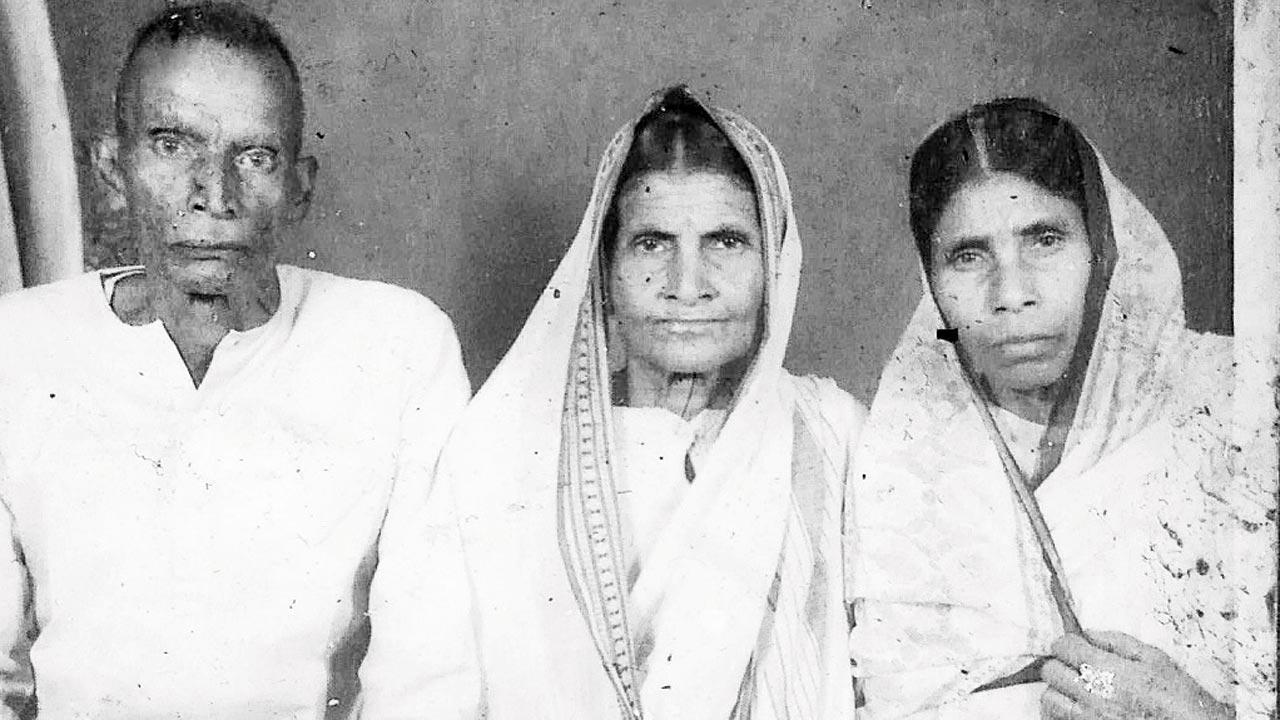
In the archival image, Bhabani is flanked by her husband Baidyanath Mahato, who spent 13 months in jail during the Quit India stir, and her sister Urmila, who also married Baidyanath. All Pics Courtesy/P Sainath, Pari
The year is 1943. Hausabai Patil, 17, is being beaten by her husband outside a small police station in Bhavani Nagar, Sangli. No one notices or cares. Until he picks up a stone and announces that he is going to kill her. The policemen amble out, counsel the couple into reconciliation and escort them to the railway station to go home. When the policemen return, they find that the station has been looted, and four rifles and ammunition are missing.
ADVERTISEMENT
Patil and her “husband” were members of Toofan Sena, an armed wing of Prati Sarkar or the provisional government of Satara that declared independence from British rule in 1943.
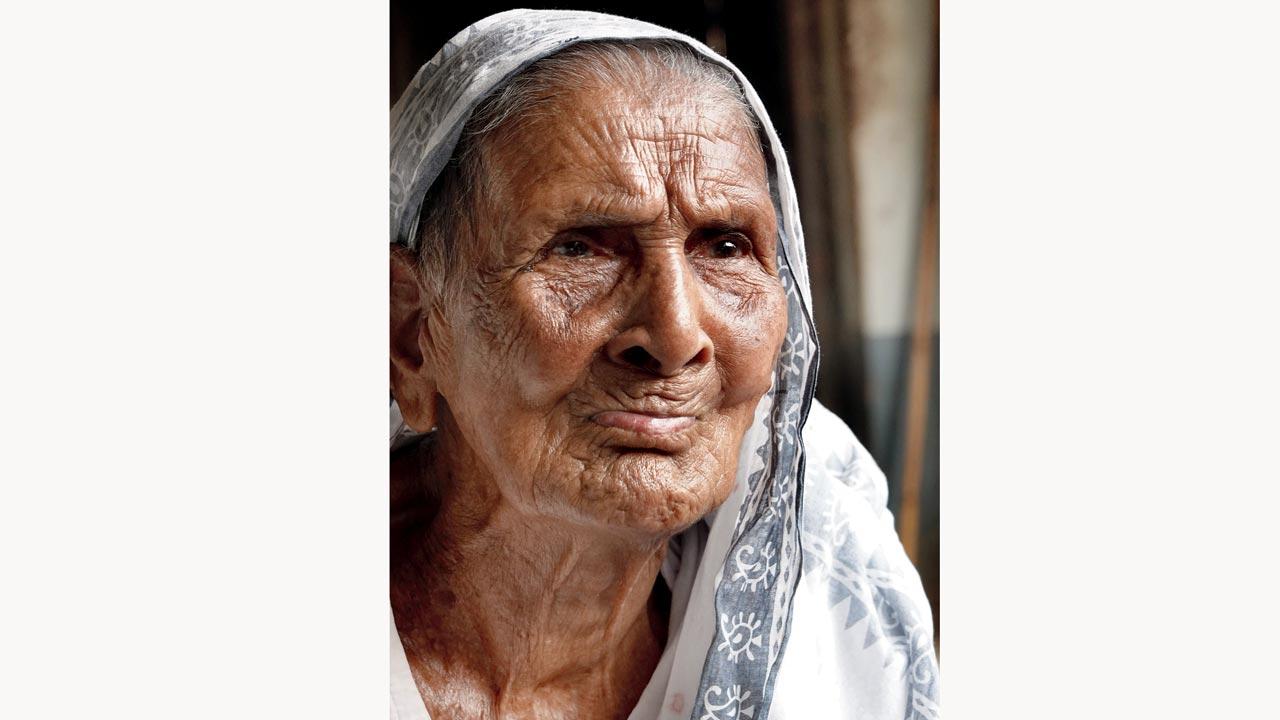
“The important thing about India’s freedom is that all the great fights unfolded in rural India. The centres of revolt were never the big cities; it was ordinary people from villages who were at the centre,” says Palagummi Sainath when we meet him at his Bandra residence. One of India’s most respected journalists, he has spent much of his 42-year-long news career covering the India that most newsroom titans hesitate to confront. The founder of People’s Archive of Rural India (PARI), Sainath is out with his second book, The Last Heroes-Foot Soldiers of Indian Freedom. Patil and her “husband” comrade’s con tale is part of the title that’s set to release at the end of this month.
He says he can’t quite place the moment when he decided that he was going to document the men, women and children from the Adivasi, Dalit, OBC, Brahmin, Muslim, Sikh and Hindu communities who became the foot soldiers of India’s freedom. What he does identify is the driving force. He quotes Mahatma Gandhi: Great men seem to be the cause of revolutions in the world. In truth, the people themselves are the cause.
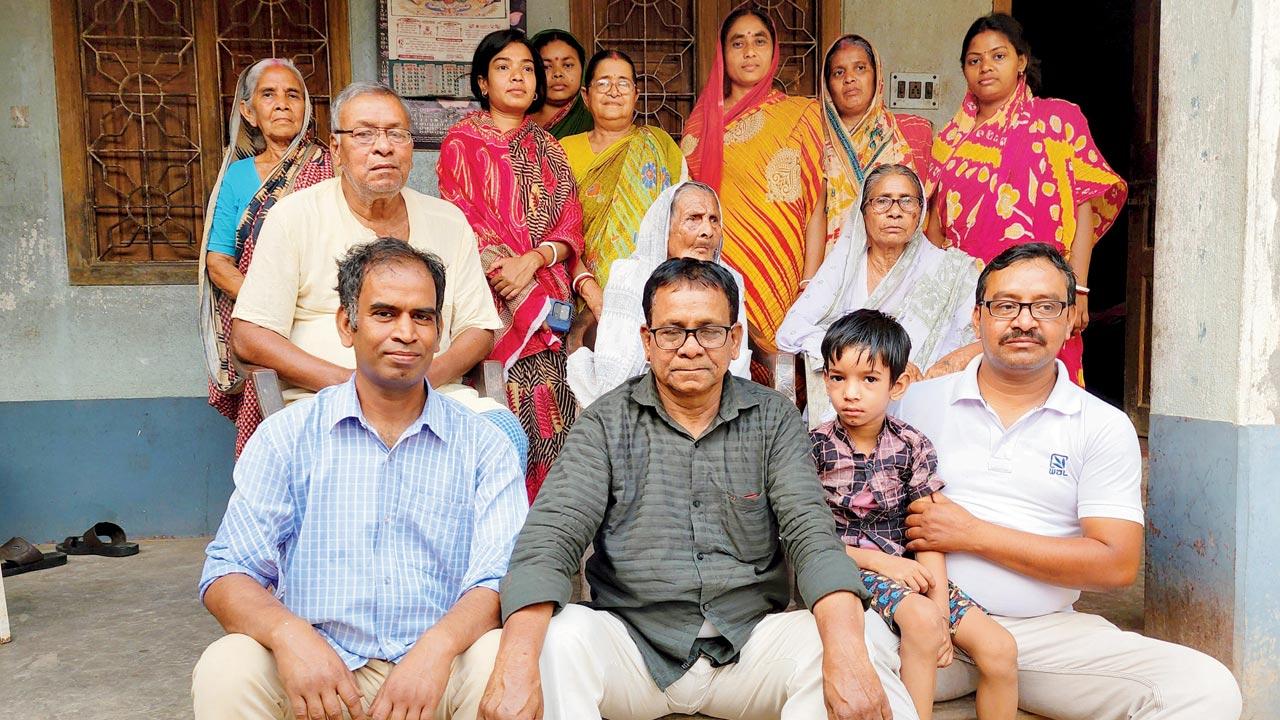 P Sainath met Bhabani Mahato at her home in Purulia in March this year. Seen here are 13 members of her family. The rest were at work and school
P Sainath met Bhabani Mahato at her home in Purulia in March this year. Seen here are 13 members of her family. The rest were at work and school
“In the 50th year of Independence, I travelled to India’s villages to see what their condition was after being pioneers in the freedom struggle,” says Sainath, adding that since 1982, when he had completed only two years in journalism, there was a sense of awareness that we are losing our history. “This book has been written for a generation that has been robbed of his history,” he adds. India’s independence—interestingly, he thinks freedom for this lot of ordinary Indians who opposed the Empire, goes beyond Independence—hits close to home. His grandfather—Indian politician and former President of India VV Giri—Sainath says, was jailed during the freedom struggle. “As were many members of my extended family. Given the direction and progression that our country has taken since the 1990s, the issue has become even more important for me.” That the marginalised rarely make it to stories of struggle against colonisers, deserves our attention, he thinks. “How many Dalits or women do we talk about when we discuss our freedom fighters? The social spectrum that participated in the struggle was diverse. One in three freedom fighters featured in this book is a woman. There are cooks, couriers and homemakers, who played astonishingly courageous roles,” says the author, adding that for him, Bhabani Mahato, a homemaker in Purulia, West Bengal, who doesn’t consider herself a freedom fighter, is for him this title’s most defining character. “During the famine, when food was difficult to come by, she was feeding about 20 to 25 underground revolutionaries every day, including her husband. She was growing food and feeding them at great risk. For me, her contribution is way more than her husband [Baidyanath Mahato], who spent 13 months in jail [during the Quit India stir] and is considered a great freedom fighter. I was looking for people like her, ordinary but with courage to stand up without the expectation of reward.”
 Bhagat Singh Jhuggian at his home in Ramgarh village, Hoshiarpur, Punjab, in 2021 at age 93. He passed away in March this year. Sainath discovered that Jhuggian was a courier for the revolutionaries, ran a printing press and supplied food to underground freedom fighters
Bhagat Singh Jhuggian at his home in Ramgarh village, Hoshiarpur, Punjab, in 2021 at age 93. He passed away in March this year. Sainath discovered that Jhuggian was a courier for the revolutionaries, ran a printing press and supplied food to underground freedom fighters
Sainath admits willingly that the book focusses on names from the east, south and west “because the standard story that we tell our children is that everything happened in UP and Bihar, which is not true”. Villages in Odisha, West Bengal, Telangana, Karnataka, Punjab and Tamil Nadu throw up revolutionaries in his research. From Maharashtra, Hausabai Patil, “Captain Bhau” Ramchandra Sripati Lad and Ganpati Bal Yadav, all from Sangli region, make it to the pages. “If you have no clue about where your society came from, you wouldn’t have an idea of where it is going. It is important to know the stories of these people to script our own history better. That’s the only way to figure who we are as a nation and what we are going to set out to do here on.” With this, he hopes to speak to students and the youth; much the same way he did with Everyone Loves A Good Drought, now in its 56th edition. The book that comprises short accounts of his travels across the poorest districts of rural India, won Sainath the Ramon Magsaysay Award in 2007.
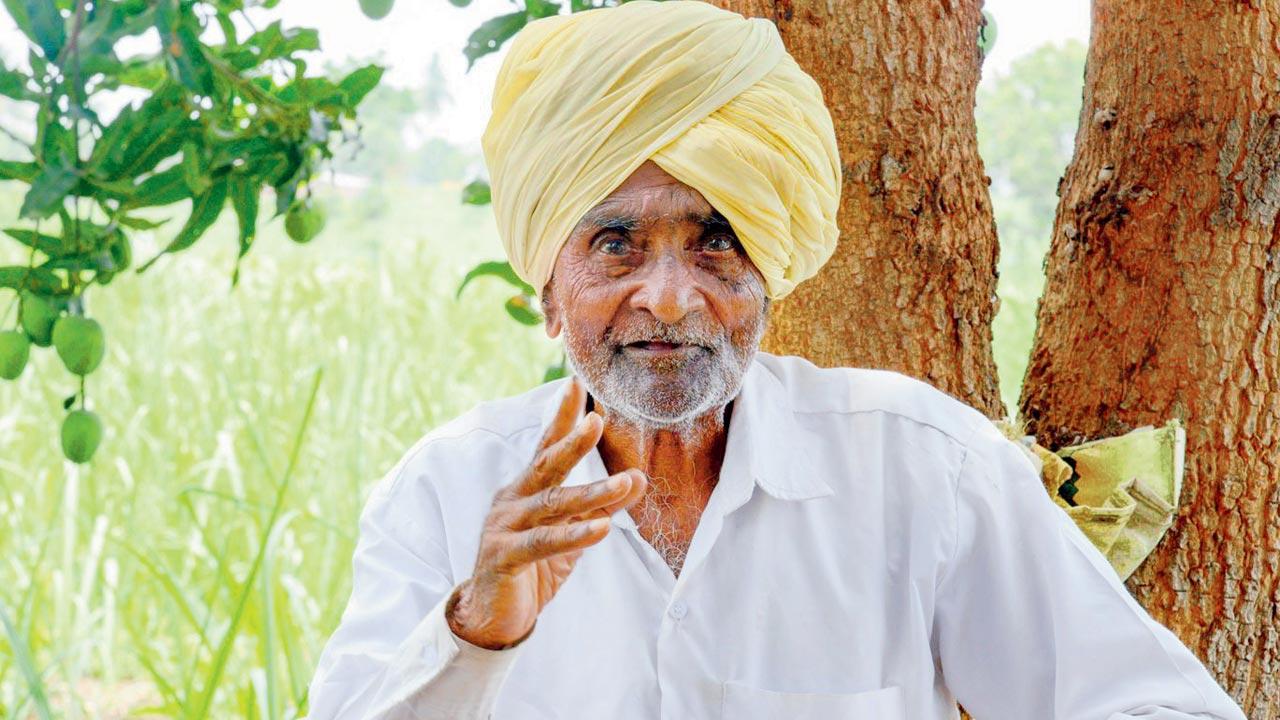
Late Ganpati Bal Yadav, 97, spoke to Sainath about his adventures with the Toofan Sena, an armed wing of the provisional government of Satara that declared independence from British rule. He died at 100
The youngest of Sainath’s protagonists is 92, the oldest, 104. “Captain Bhau was 100 years old when he died this February. Hausabai Patil, who passed away last September was 93. Ganpati Bal Yadav was 100 when he died. When we met him, he was 97 and was still riding a bicycle for 20 km a day. None of them became prime minister, president or governor. Many were simple farmers,” says Sainath, disappointed that a representative from the north eastern states of India hasn’t made it. Two of them whom he had identified died during the pandemic and another three were not even partially articulate.
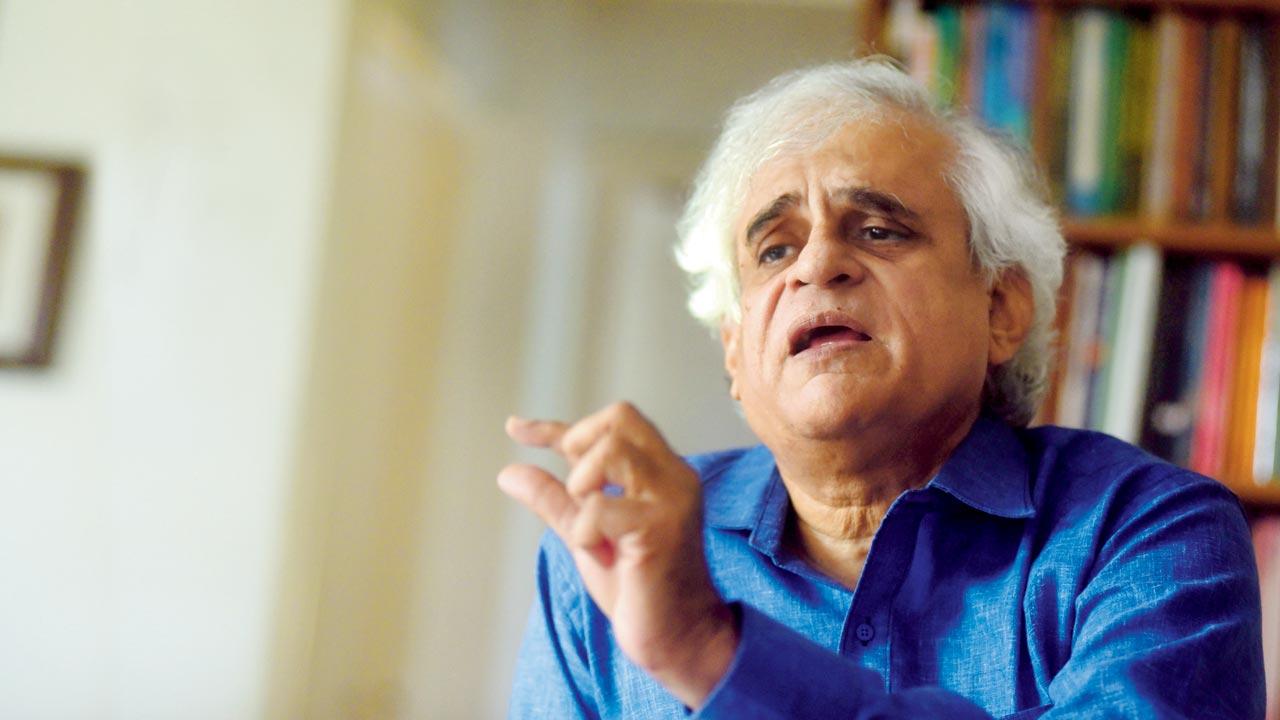 Pic/Sameer Markande
Pic/Sameer Markande
The book’s origin goes back to the year 2000. “Unfortunately, the agrarian crisis took over, and it demanded my 1,000 per cent attention. I fell behind but I continued to meet those who I had identified. I spend 270 days a year in the countryside and wherever I went, I would ask if there was someone there who had been part of the freedom struggle.” Several of these accounts were published in national newspapers or on PARI’s portal. “But they were in short format. I revisited them, improved on them and in some places, even made corrections after their families and descendents disputed, saying that I had confused one person with another or made a factual error.”
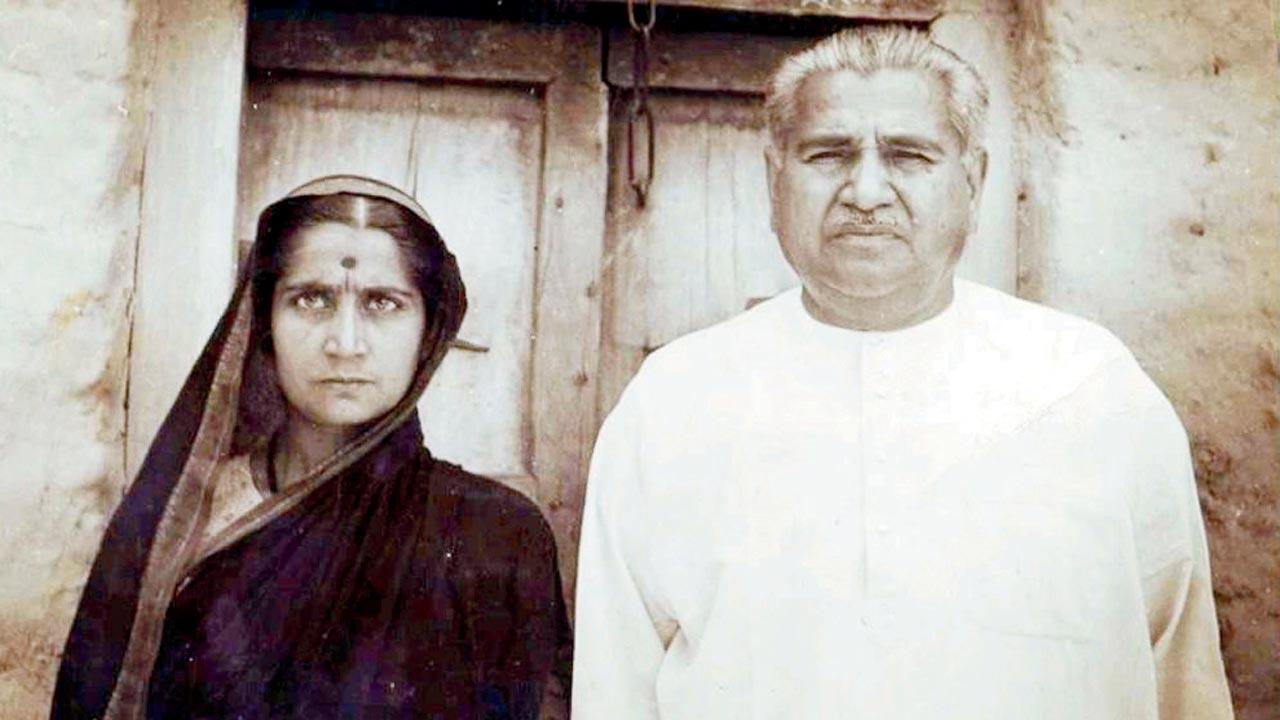 Hausabai Patil, a freedom fighter from Shenoli, with her father Nana Patil, who headed the parallel prati sarkar government in Satara, from 1943 to 1946, and later represented Beed as a parliamentarian
Hausabai Patil, a freedom fighter from Shenoli, with her father Nana Patil, who headed the parallel prati sarkar government in Satara, from 1943 to 1946, and later represented Beed as a parliamentarian
Because a story never ends, Sainath has chosen to add a QR code at the end of each one in the book, which takes readers to the PARI page where more information, photos and videos on the said freedom fighter awaits them. “You’ll see Mallu Swarajyam [she and fellow revolutionaries had played a role in the Telangana People’s Struggle of the 1940s among others] swinging a slingshot at the age of 84. Another video features Captain Bhau recalling how they looted a train minus any arms that was carrying the salaries of staffers of the British Raj.”
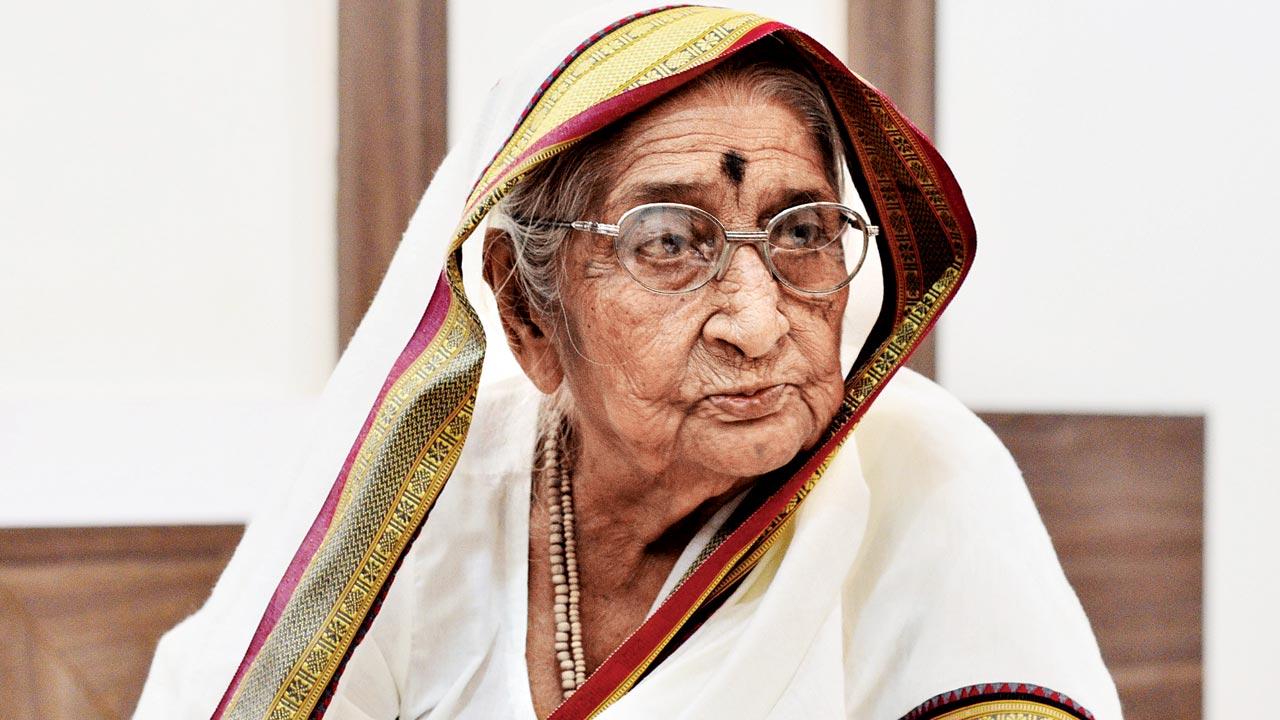
When Sainath met Captain Bhau’s family, they said that he was having good and bad days. It was possible that his memory wouldn’t cooperate. Sainath decided to place Bhau in context, literally. “Since he was famous for the biggest train robbery in history, we took his chair for him to sit and placed it on the platform of Shenoli railway station where he had looted the Pune-Miraj train in 1943. He was quiet for 10 minutes, but after that he spoke with startling clarity about the attack, how one squad placed rocks to block the track. The minute the train stopped, the next squad put rocks behind the train, locking it in its place. The guard had a rifle, but he was paralysed with fear even though the Toofan Sena squad were only brandishing sickles and knives. They looted R19,175. With this money at the time, which was one of famine, they could buy as much as 60 kg of rice,” he narrates. There is one tiny memorial in their honour set up at Shenoli. All it says is that a train was looted at the location. “It’s one that the British put up; there’s nothing installed by the Indian government to commemorate the event.”
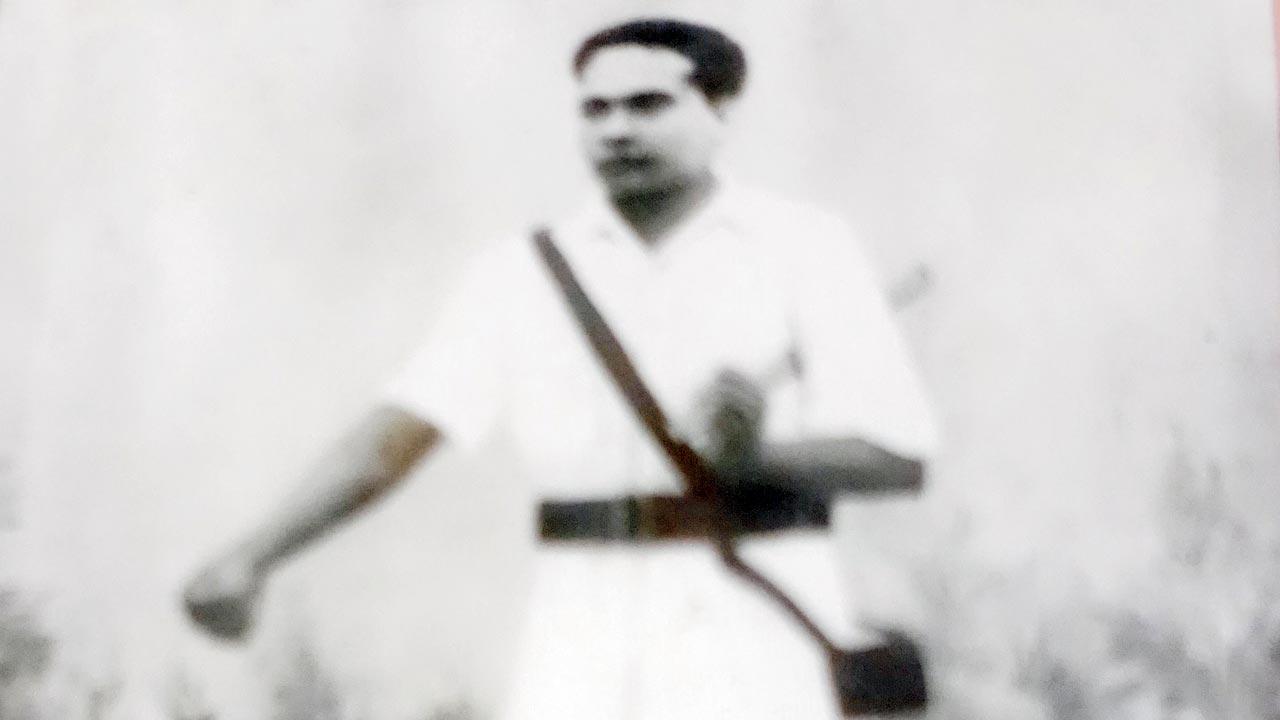 Captain Bhau or Ramchandra Sripati Lad from Sangli seen in a photo taken in 1942-43
Captain Bhau or Ramchandra Sripati Lad from Sangli seen in a photo taken in 1942-43
While the Swatantrata Sainik Samman scheme of 1980 offers people like Bhau a pension, the first of the ‘eligible’ categories demands that the fighter must have suffered minimum imprisonment of six months in jail before Independence. “The way they went about it, they excluded far more people than they included. A lot of freedom fighters didn’t go to jail. What about those who belonged to Netaji Subhash Chandra Bose’s NIA and similar organisations, or fought underground? In the Satara Uprising, not many went to jail and even though Captain Bhau was jailed, he was out in 45 days. Secondly, you are putting the onus on people to prove that they went to jail. This categorically excluded those who fought voluntarily. Prove that you were a proclaimed offender during British rule, they said. Hilarious! You are asking the colonial power to certify the authenticity of your freedom fighters. So, my question is, what constitutes participating in India’s freedom struggle? Is it only being jailed, taking up arms, going on a satyagraha? With this limited criteria, we have missed out on millions of women who didn’t go to jail, but were in the thick of struggle, like Bhabani Mahato. [With this book] I am looking at people who were actively resisting colonial rule and did it in ways other than what is defined by official laws and schemes.”
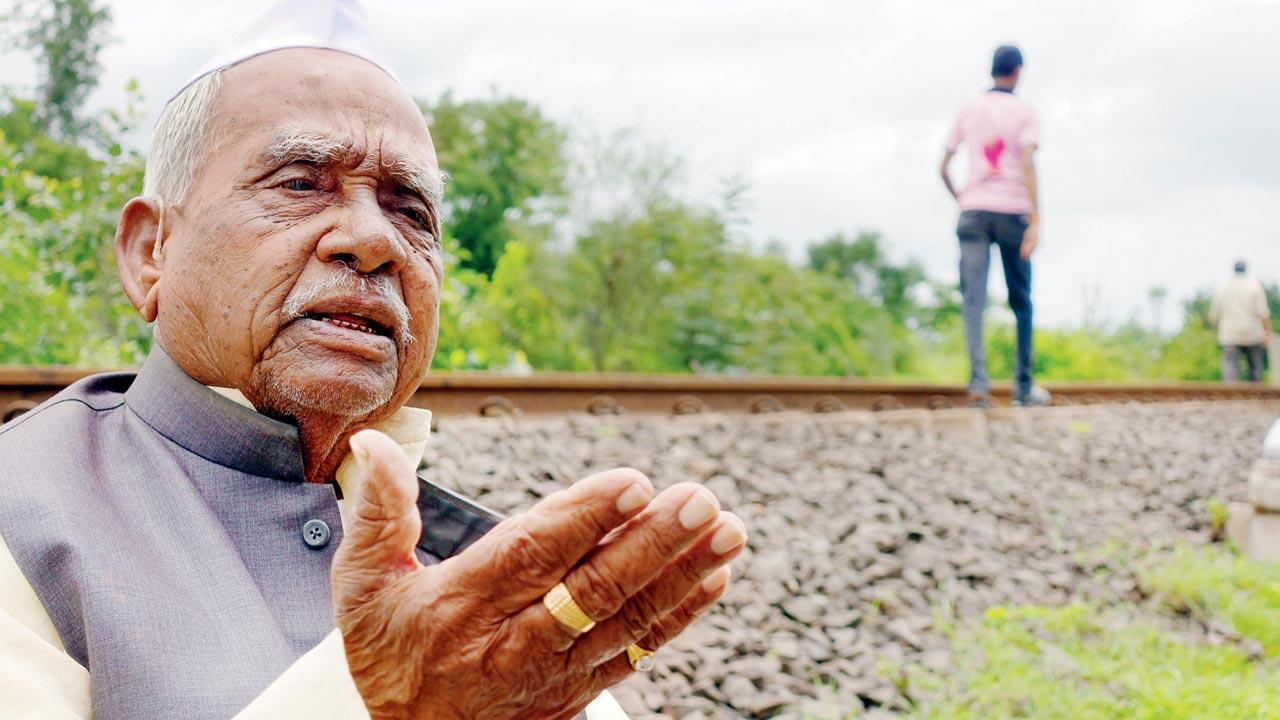 Sainath (seen here with Lad) decided to make Bhau sit beside the tracks at Shenoli railway station where he had looted the Pune-Miraj train in 1943 to help jog his fading memory
Sainath (seen here with Lad) decided to make Bhau sit beside the tracks at Shenoli railway station where he had looted the Pune-Miraj train in 1943 to help jog his fading memory

 Subscribe today by clicking the link and stay updated with the latest news!" Click here!
Subscribe today by clicking the link and stay updated with the latest news!" Click here!







